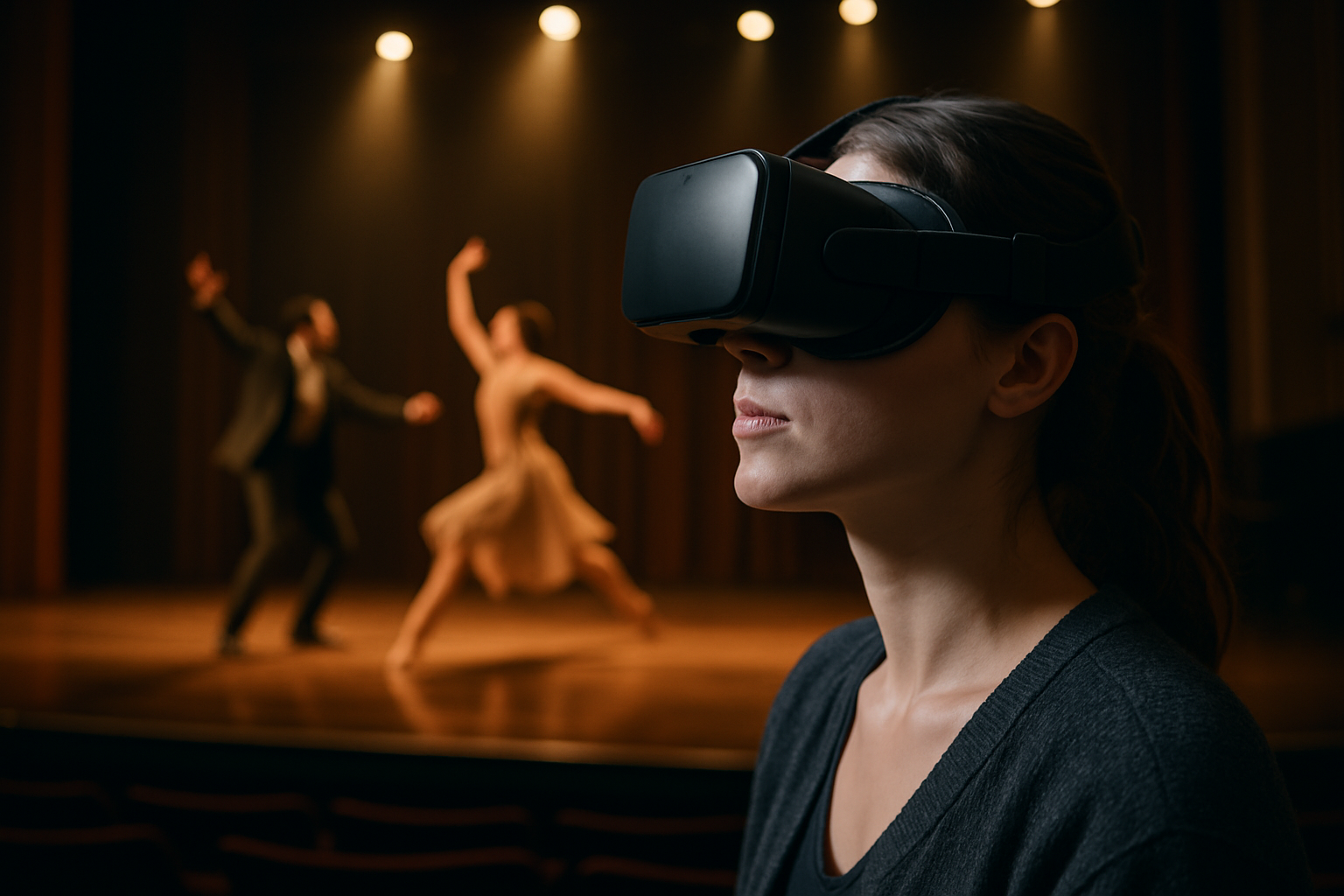Archiving ephemeral performances: methods and challenges
Ephemeral performances—pop-up theatre, site-specific installations, live music improvisations, and immersive happenings—pose unique archival challenges. Preserving their creative impact requires a mix of documentation, technical strategies, contextual records, and community engagement to retain meaning beyond the original moment.

How can creativity be documented?
Documenting creativity in ephemeral work means moving beyond simple records of action. High-quality video and audio capture provide a baseline, but field notes, director statements, rehearsal footage, and score drafts add context that clarifies intent. Photography can freeze gestures and set designs, while annotated scripts and time-based metadata explain pacing and transitions. For multidisciplinary pieces that blend film, music, and live action, synchronized records that link media files to timestamps help future researchers reconstruct experience. Ethical documentation also notes permissions, performer consent, and cultural protocols that shape how material may be accessed or replayed.
What methods capture live performance effectively?
Capturing live performance relies on complementary techniques: multi-angle video, binaural or multitrack audio, and stage manager logs. For theater and dance, spatial mapping and motion capture can archive choreography while retaining movement data for analysis. For music, high-fidelity audio captures and isolated channel recordings preserve timbre and mix decisions. Film and projection elements require frame-accurate archiving of source files and playback settings. Where possible, capture raw materials—props, set plans, lighting plots, and cue sheets—to reconstruct staging. Combining these object-based and data-based methods allows archivists to preserve both the sensory and structural elements of the event.
How does digital technology affect archiving?
Digital tools reshape both opportunities and risks in archiving ephemeral work. Digital capture, editing, and storage make extensive documentation scalable, while metadata standards enable discoverability across collections. Immersive formats—360 video, VR, and interactive multimedia—pose format migration challenges: files, codecs, and playback environments may become obsolete. Emulation strategies, format normalization, and clear documentation of software dependencies are necessary. Long-term digital preservation demands redundancy, checksums, and controlled storage environments. Digital curation also raises questions about authenticity: which version of a recorded performance best represents the original encounter?
How do galleries and exhibitions preserve installations?
Gallery and exhibition contexts often host installations and immersive pieces that are inherently temporary. Preservation strategies include detailed condition reports, conservation records for materials, and installation manuals that instruct future re-creations. Photographic and video walkthroughs document visitor flow and spatial relationships. For material-sensitive works, environmental data—light levels, humidity, and display durations—helps conservators plan interventions. Some institutions develop: living archives that retain a legacy performance in updated formats; partial re-stagings that respect artist intent; or annotated deaccession records that preserve the installation’s lifecycle. Clear curation notes bridge ephemeral experience and institutional memory.
What role does curation and festivals play in archiving?
Curators and festivals act as intermediaries between creators, audiences, and archives. Festival documentation policies that mandate or encourage submission of recordings, program notes, and metadata ensure a richer public record. Curation decisions—what to collect, how to contextualize works, and which narratives to highlight—shape the historical understanding of cultural practice. Collaborative agreements that define rights, access levels, and reproduction terms are essential for ethical stewardship. Festivals can also experiment with living archives: time-limited digital exhibitions or curated datasets that reflect event programming while respecting artist control over distribution and reuse.
How can community-based approaches help?
Community-based archiving centers lived experience as a central preservation value. Oral histories, audience testimonials, and crowd-sourced documentation capture reception and local meaning often missing from official records. Workshops that train participants in basic documentation—audio recorders, smartphone filming, and annotation—expand the archive while building stewardship. Partnerships between artists, community organizations, and cultural institutions produce pluralistic records that acknowledge multiple perspectives. Community archives also offer flexible access models that honor cultural sensitivities and shared ownership, supporting long-term relevance rather than imposing a single institutional narrative.
Ephemeral performance archives combine material records, technical data, and contextual narratives to preserve meaning beyond a singular event. Successful strategies balance fidelity to the original moment with practical considerations of format, rights, and access. As practices evolve, interdisciplinary collaboration among artists, curators, technologists, and communities will remain essential to retain the cultural value of transient creative work.





